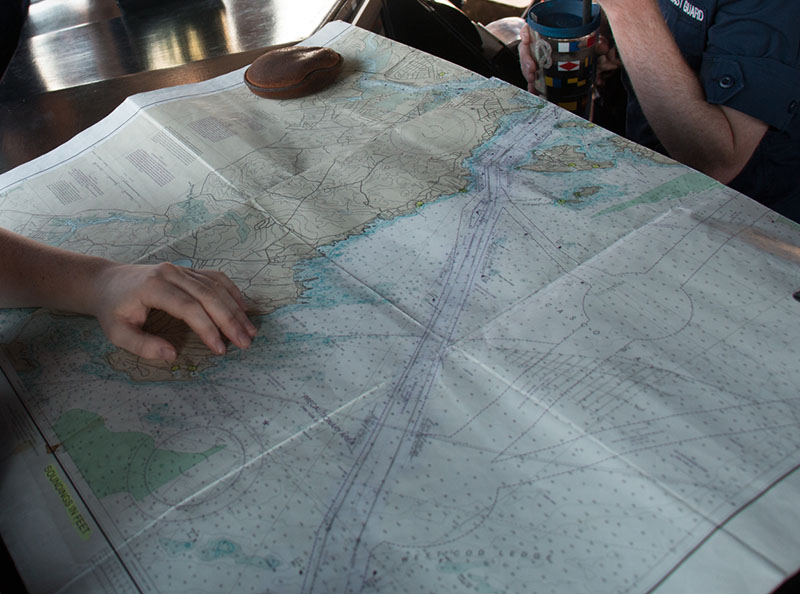We often accept convincing information as fact, particularly when it appears to be official, professionally done, and confirm one’s existing beliefs or theories.
So it should come as no surprise that the information on NOAA’s nautical charts is perceived to be much more accurate than it really is. This is despite NOAA’s attempts to warn mariners to check each chart for accuracy. Each NOAA chart has a source diagram that shows the vintage of hydrographic surveys on which the chart is based. Depths on some parts of the chart may be based on pre-1900 hydrographic surveys conducted with sextants and leadlines.
Unfortunately, many mariners are either unaware of the source diagrams or don’t fully grasp the importance of what they convey. Extreme caution is warranted when using the depth and hazard information because most of it is old, incomplete and inaccurate. With the actual depths and exact locations of the charted hazards, what you see is seldom exactly what you get. If you routinely operate with narrow safety margins and small under-keel clearances then the only thing between you and the bottom is blind luck.
Apparently concluding that source diagrams were not being optimally utilized, NOAA has revamped them into Zones of Confidence (ZOC) diagrams. You can insinuate this from the new name: Confidence in the information that you’re using to plot a presumably safe course should vary proportionately with the age, completeness, and method used to gather the information.
The ZOC diagrams present this information in a stark fashion. If this much-improved feature is noticed and actually used as intended it has the potential to refocus mariner’s attention where it belongs — on using all available means, with a critical mindset, to plan voyages and avoid becoming too confident in what many mistakenly presume to be fact. If a chart says there’s enough water, is there really enough water? Well, the answer is maybe or maybe not.
Trusting that the charts are 100% accurate is unwise, and your margins are probably less than you think.





